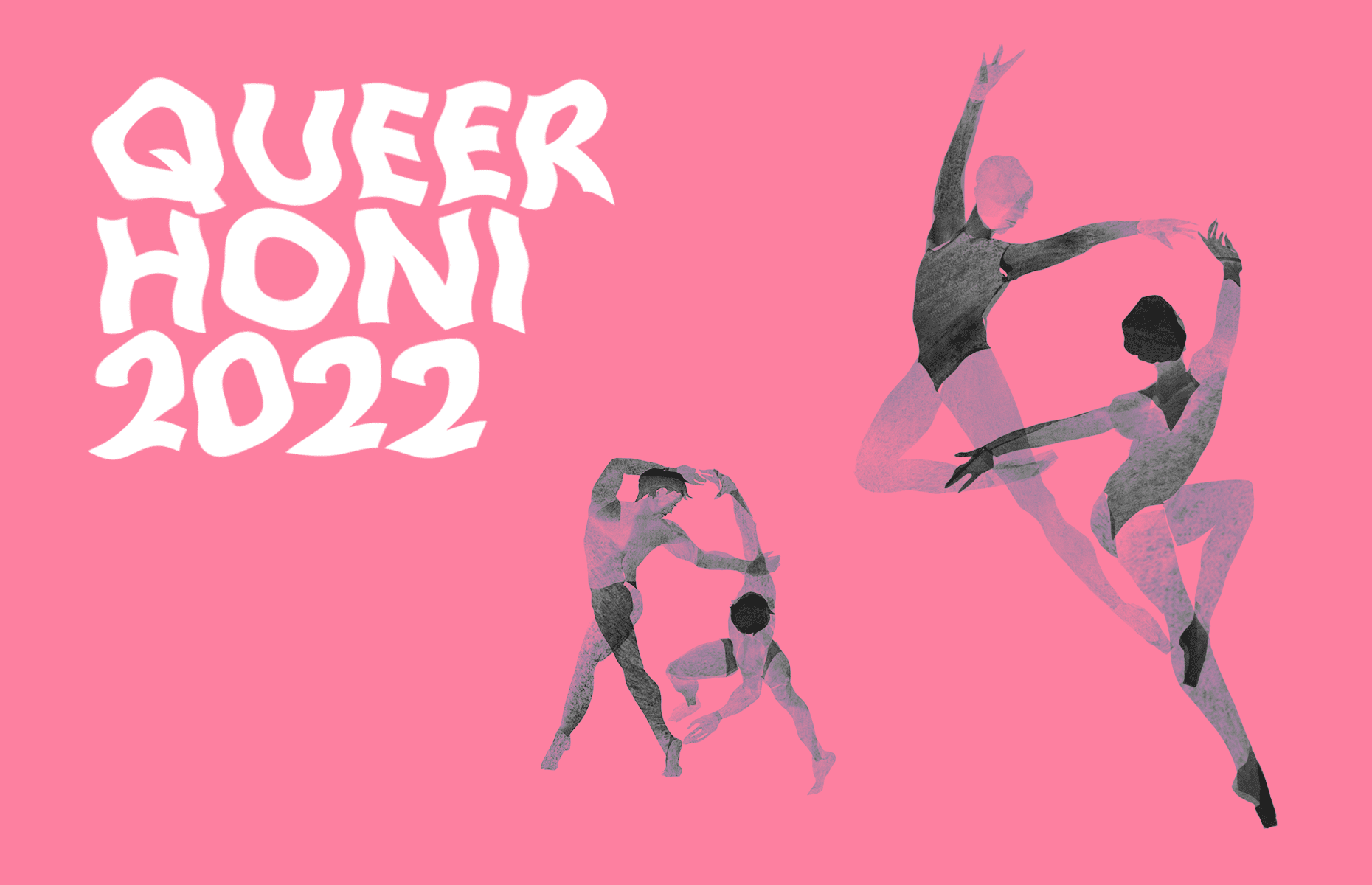“Dance was the space I looked to for safety and self exploration. To have been told by multiple studio owners that I need to change and stop exploring that side of myself was so shit and so disheartening.”
– Archer Rose, trans non-binary dancer
Within Australia, the commercial dance industry reigns dominant as the most lucrative and opportune pathway for dancers to sustain a professional career. The ‘commercial dance industry’ references the mainstream and dominant dance institutions and styles, but usually excludes ballet and contemporary companies. Entry and success within this subsection of the dance community is often dependent upon the completion of a full-time dance course, with this type of training often leading dancers to find work in music videos, TV, film, on cruise-ships, theatre productions, and other forms of gig work. The reputation of this commercial industry is often queer-positive, with participation from gay men as staff, students, and industry professionals an expectation rather than an anomaly.
With the dance community conceptualised as an intimate space with a notable gay population, it would be expected that the commercial industry would be a safe space for queer people. However, this assumption is often at odds with the lived experiences of Australian queer dancers, who note that despite dance’s relative progressiveness, the industry often perpetuates heteronormative ideologies adhering strictly to conservative gender roles. In turn, these marginalise dancers who exist outside of the acceptable or palatable bounds of queerness.
Despite capturing a progressive participatory demographic, the commercial dance industry is reliant upon the perpetuation of traditional masculinity and femininity, legitimising conservative gender roles. Dance has come to be a highly gendered activity, wherein ideas about appropriate expressions of gender are reinforced in its every aspect. Movement styles are frequently divided upon gender lines, as hypersexual, delicate flair is delegated to the normative female dancer, and complemented by the aggression, power, and strength of her male dancer counterpart.
When commercial dancers engage with movement that is considered to be outside the acceptable bounds of their perceived gender, there is often resistance from within the industry. When trans non-binary dancer Archer Rose began to engage with more feminine movements and presentation during periods of gender exploration, they were told to “masc it up”. “Choreographers and teachers would tell me we love this side of you, we love your feminine side but you have to masculinise it,” they told me.
These comments demonstrate an essentialist understanding of gender and gendered movement within dance. When assigned male at birth (AMAB) dancers are told to ‘masc it up’ and assigned female at birth (AFAB) dancers told to ‘femme it up’, there is an inherent assumption that these movement styles are already known by the dancers and ingrained in their bodies. Dancers are not taught that to make a move more masculine means to hit harder, exert more control, or to make movements sharper. Nor are they taught that to ‘femme it up’ means to cock your hip, make your movements softer, and exert sex appeal. These norms of masculine and feminine dance are assumed as essential and natural expressions of the male and female bodies which do not require explicit teaching or learning, and deviation from them requires regulation.
This management of gender expression extends also to the styles of dance that are available to commercial dancers. Another queer dancer, who has asked to remain anonymous out of fear of industry backlash, notes that within her fulltime course, heels training was sex-segregated.
The boys in her cohort were told that “they are not allowed to wear heels because they need to learn to adapt to masculine choreography because that’s what they’re going to be used for in the industry”.
This reinforcement of masculine styles is buttressed by the movement expected of female dancers, which is overwhelmingly sexualised and appeals largely to a male heterosexist gaze.
“The audience will only be interested to watch a group of female dancers if they are being sexual,” she said.
The policing of bodies as regulated through divisions in acceptable movement styles is bolstered by differences in costuming and clothing, both on stage and in the studio. Commercial stage performances are often visibly divided by gender, with male dancers costumed in pants and tops, in contrast to the skirts, dresses, and crop tops of female dancers. When dancers are all costumed in the exact same outfit, the male costume is almost always considered the neutral option, with the option of dressing male dancers in skirts and dresses being unthinkable.
Recounting an incident from full time dancing, Archer speaks of being pulled aside for wearing a visible jockstrap during class.
“I was told to not wear it anymore ‘because the girls don’t understand’.. [but] the female dancers come in g-strings and bikini tops and they didn’t see an issue with it… when AMAB people are hyperfeminine they are perceived as predatory.”
The acceptance and normalcy of female dancers in minimal clothing is not notable, as it aligns with normative gender norms that paint women as primarily sexual beings.
Within the commercial dance industry, the division of gendered aesthetics becomes unmistakably clear. The stage and studio become a site for heightened gender performance, with dance styles, execution of movement, and clothing all distributed upon lines of masculinity and femininity.
Whilst the dance industry might self-promote as a progressive space for artistic expression, the commercial training received by both of these queer dancers evidently served to reinforce traditional ideas about appropriate gendered expressions, rather than providing dancers with training that expanded on their artistic capacities and range of movement.
This division of aesthetic is more than just a creative choice. It is an adherence to the status quo, in actively reinforcing gender norms that are harmful to the queer students who populate dance student bodies. In both accounts of these queer commercially trained dancers, dance served as a regulatory institution, disciplining dancers’ bodies and gender expressions, and actively reinforcing gender roles as natural and implicit.





